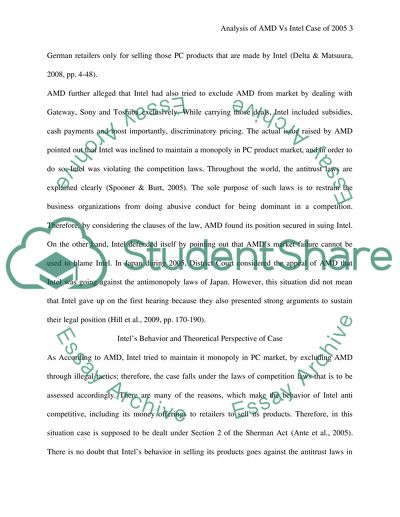Cite this document
(AMD vs Intel - Anti Competitive Behaviour or Competitive Advantage Case Study, n.d.)
AMD vs Intel - Anti Competitive Behaviour or Competitive Advantage Case Study. Retrieved from https://studentshare.org/law/1461800-amd-vs-intel-anti-competitive-behaviour-or
AMD vs Intel - Anti Competitive Behaviour or Competitive Advantage Case Study. Retrieved from https://studentshare.org/law/1461800-amd-vs-intel-anti-competitive-behaviour-or
(AMD Vs Intel - Anti Competitive Behaviour or Competitive Advantage Case Study)
AMD Vs Intel - Anti Competitive Behaviour or Competitive Advantage Case Study. https://studentshare.org/law/1461800-amd-vs-intel-anti-competitive-behaviour-or.
AMD Vs Intel - Anti Competitive Behaviour or Competitive Advantage Case Study. https://studentshare.org/law/1461800-amd-vs-intel-anti-competitive-behaviour-or.
“AMD Vs Intel - Anti Competitive Behaviour or Competitive Advantage Case Study”, n.d. https://studentshare.org/law/1461800-amd-vs-intel-anti-competitive-behaviour-or.


